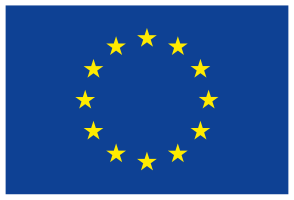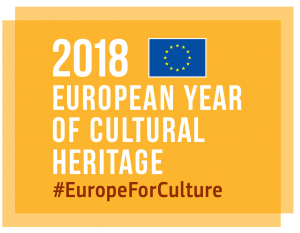What is DIMMI?
DIMMI “Multimedia Migrant Diaries” is an annual national competition organised by the National Diaries Archive, supported by the Tuscany Region, aiming to raise awareness and involve citizens on the issues of peace, memory and intercultural dialogue through the collection and the dissemination of stories of people with foreign origins (or background) that are living in Italy and in the Republic of San Marino. The winning stories are announced during the annual event on human rights “Premio Pieve Saverio Tutino” and published by a national publishing house.
Specifically, DIMMI intends to achieve two main purposes: to bring together and preserve a cultural heritage that risks to be lost; fight the stereotypes about migration through the collection of voices or experiences of people that lived those stereotypes (or are living it).
DIMMI is also part of a broad framework of activities realised by “Stories Of Migrants” project, carried out by the National Diaries Archive and co-financed by the Italian Agency for Development and Cooperation and the Tuscany Region.
How does it work ?
As DIMMI wants to involve as many people as possible, according to the parameters of the Competition, it accepts and contemplates a wide range of materials allowing foreign people to narrate their own experiences and real life stories. The materials admitted are:
- drawing and graphic arts
- a video
- a written story
- an audio file
- photos
- e-mail and postcards
Moreover, it is possible to combine this parameters producing a “composite narration”, mixing materials such as: writing a story and enriching it with pictures or drawings, or sending audio files attaching photos of some significant passages of the autobiography.
What matters is that materials produced are authentics stories, without corrections and changes, and realised in italian language (if produced in a foreign language it is necessary to attach an italian translation). For this reason a Scientific Committee examine the autobiographies, verifying their authenticity, admitting the first 150 stories received.
However, the other works excluded from the Competition 2019 will be stored in the National Diaries Archives.
In any case, peoples can download a participation form and guidelines from the project website.
What can CultureLabs learn from DIMMI?
DIMMI represents a significant and remarkable multimedia storytelling initiative combining a bottom-up and a participatory approach with the urgence to “rescue” and preserve the historical memory of foreign people.
In this case the collection of the material is not a simple “data transposition process” but a preservation of the lives and experiences that otherwise would have to be forgotten and lost.
In the age of “fluidity” and “frenzy”, being able to preserve these small but important pieces of life is a relevant means to promote integration and build a collective memory.
The added value of DIMMI is represented by the authentic and unique personal experiences that goes beyond the mainstream narrative and seeks to highlight the unique element of each life.
CultureLabs can take inspiration from some remarkable features of DIMMI project, especially from:
- the focus on the effective personal experience through the production of a story through conventional and unconventional tools (also with digital and multimedia tools)
- the user-centered approach: DIMMI collects authentic and strictly personal stories that have never been published before. Thus, the “subjective” element is preponderant and therefore the stories must be strictly autobiographical (i.e. referring to themselves)
- the involvement of a large number of national and international stakeholders: from cultural heritage institutions to NGOs, from social cooperatives to public administrations, from archives and libraries to civil society organizations
- the possibility of bringing people closer to cultural institutions and CH by creating a real community that promotes integration and social inclusion
- Respect for the different point of view, which is one of the main aspects of participatory
DIMMI is one of the many projects that CultureLabs wants to bear in mind for the development of its project and future initiatives: user centred approaches, multimedia storytelling, interaction between people of foreign origins and a wide range of stakeholders are the characteristics that we want to carry forward for CultureLabs.
We welcome all your feedback, ideas and involvement in any aspect of our project.
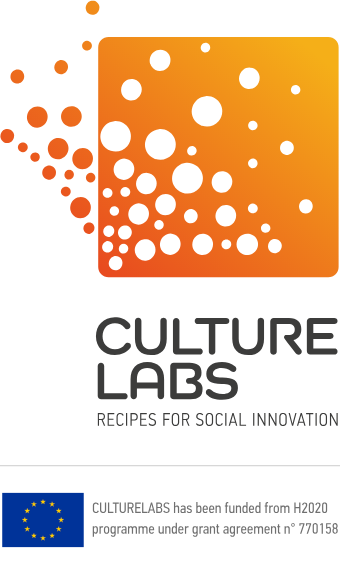

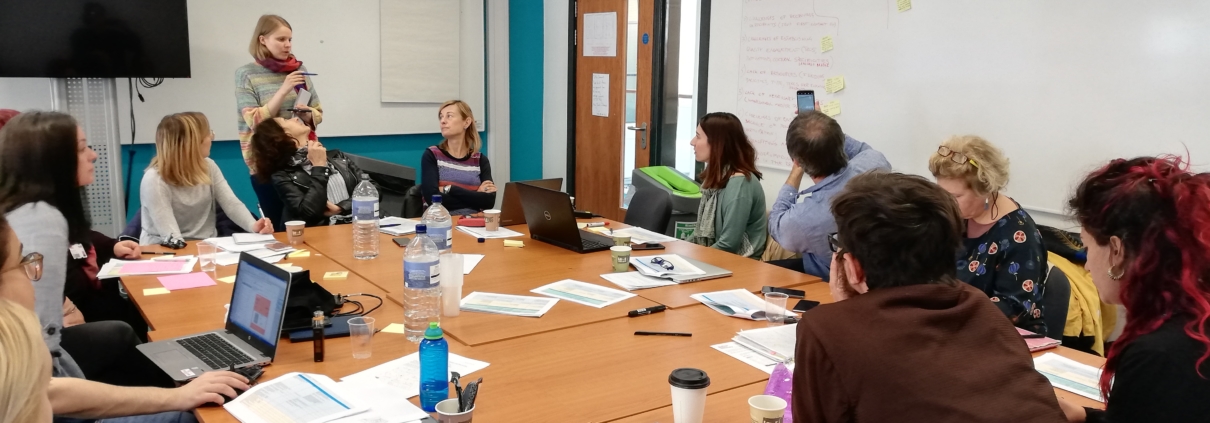
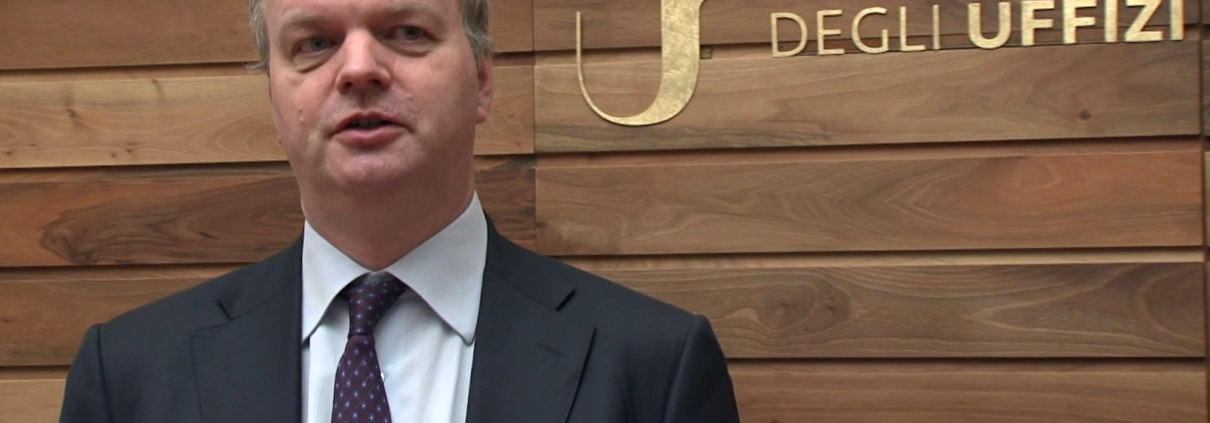
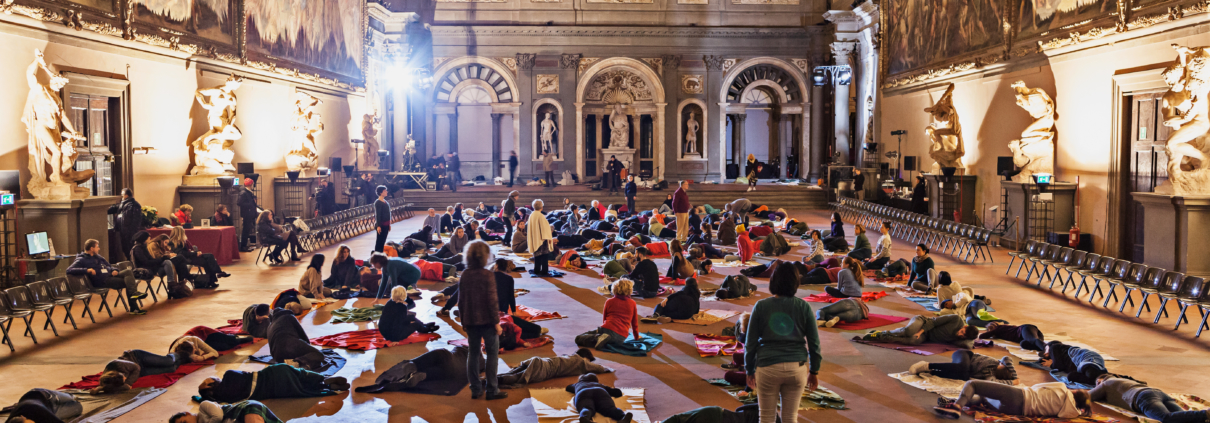 Ela Bialkowska
Ela Bialkowska
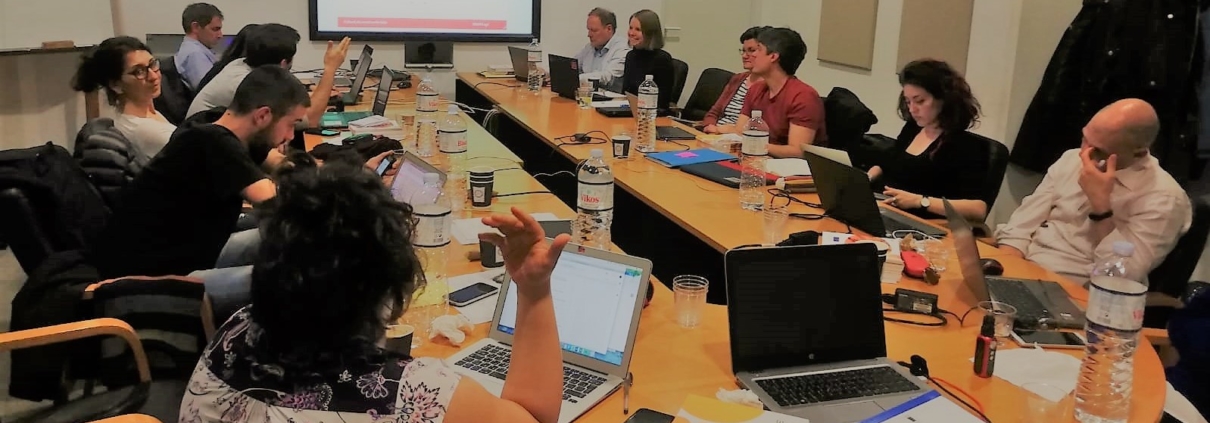

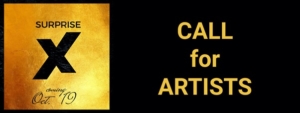
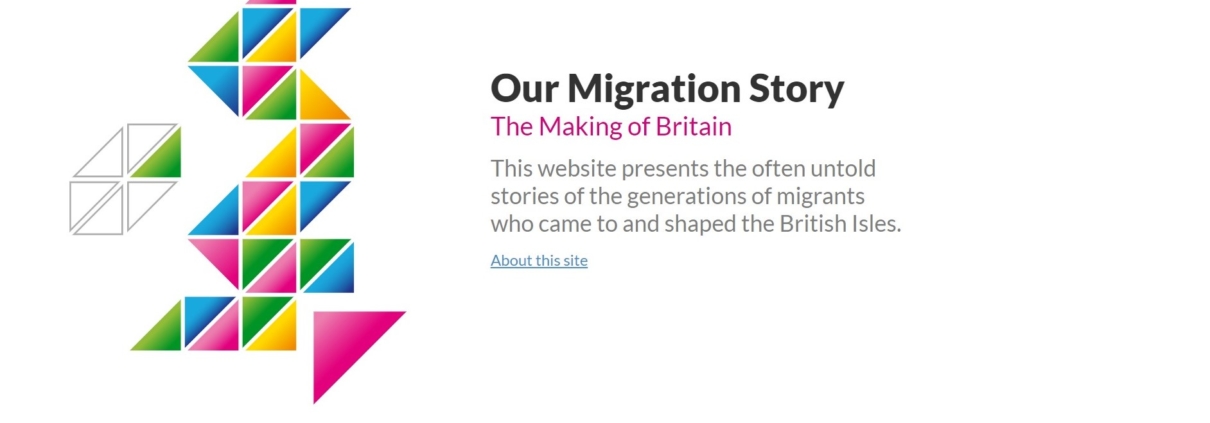

 Lorenzo Pavani
Lorenzo Pavani